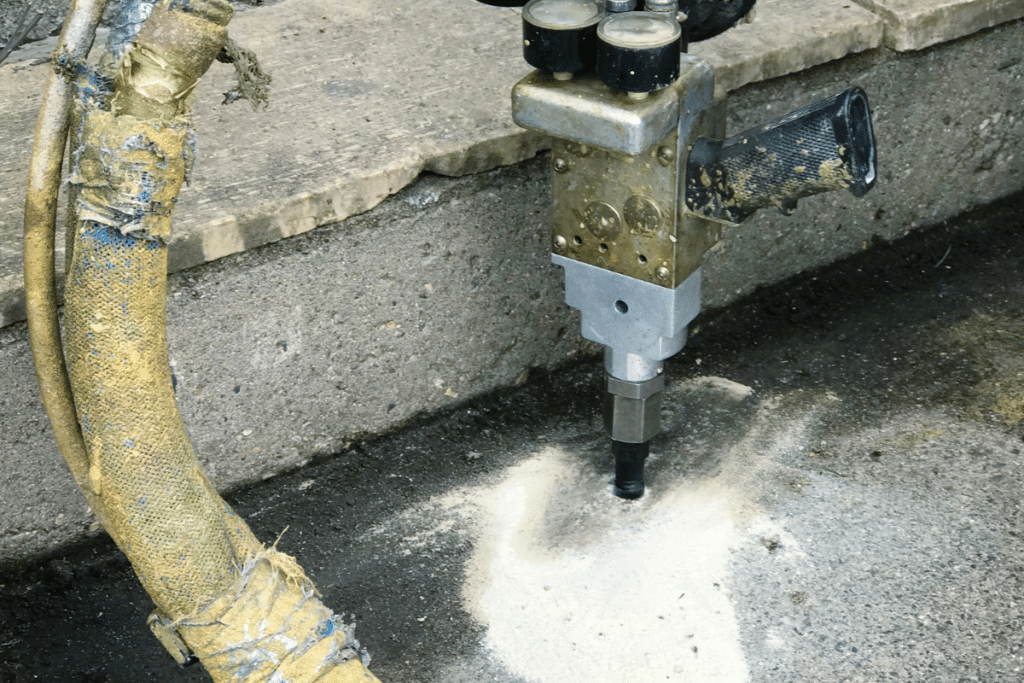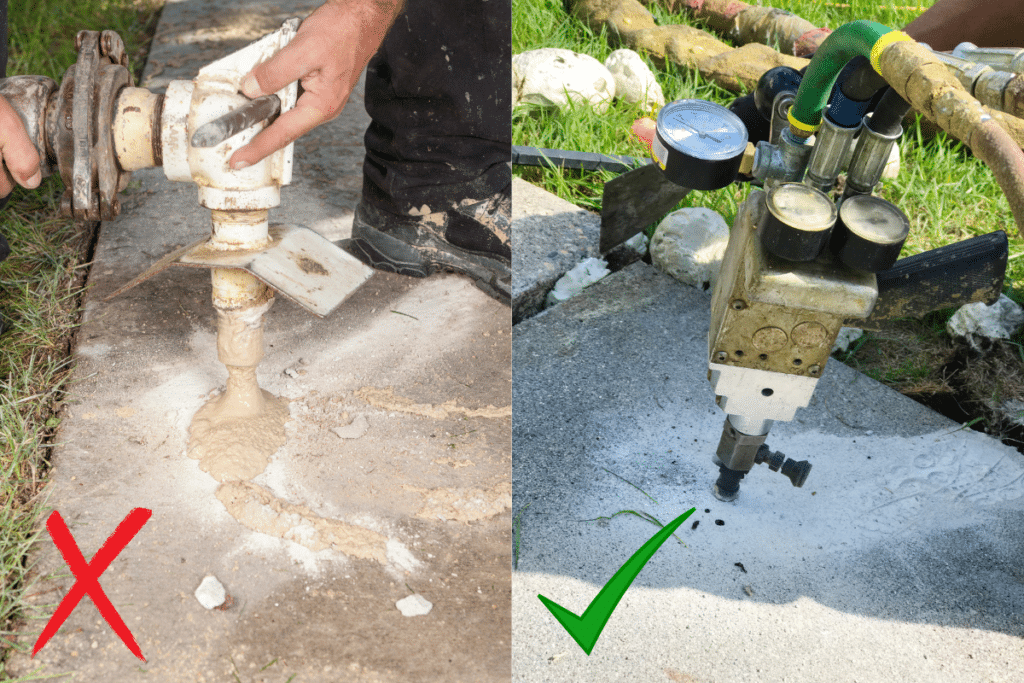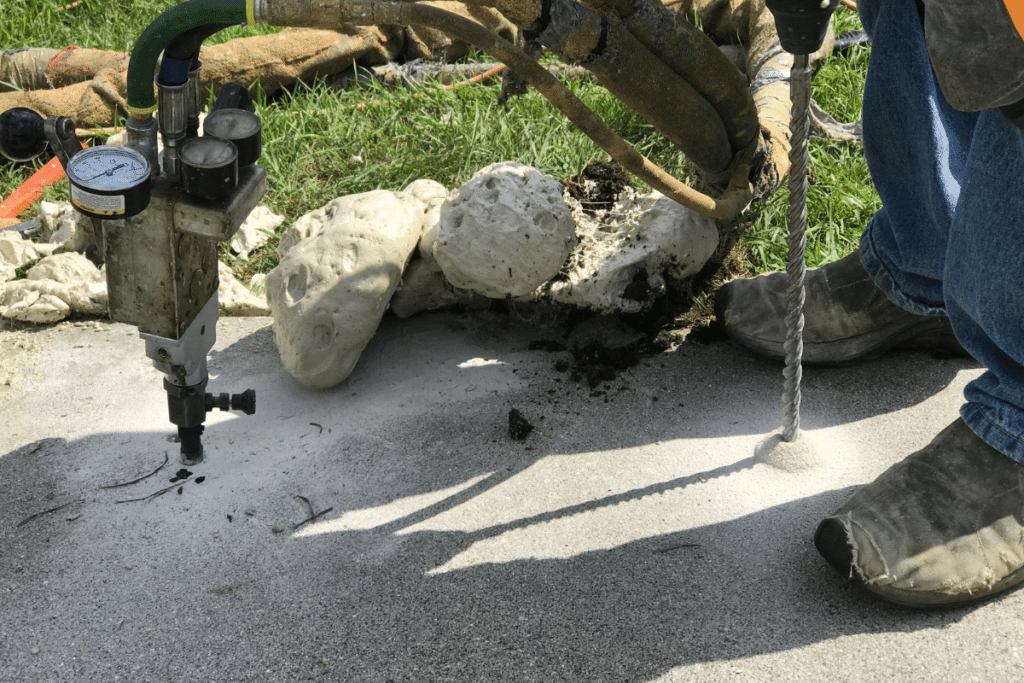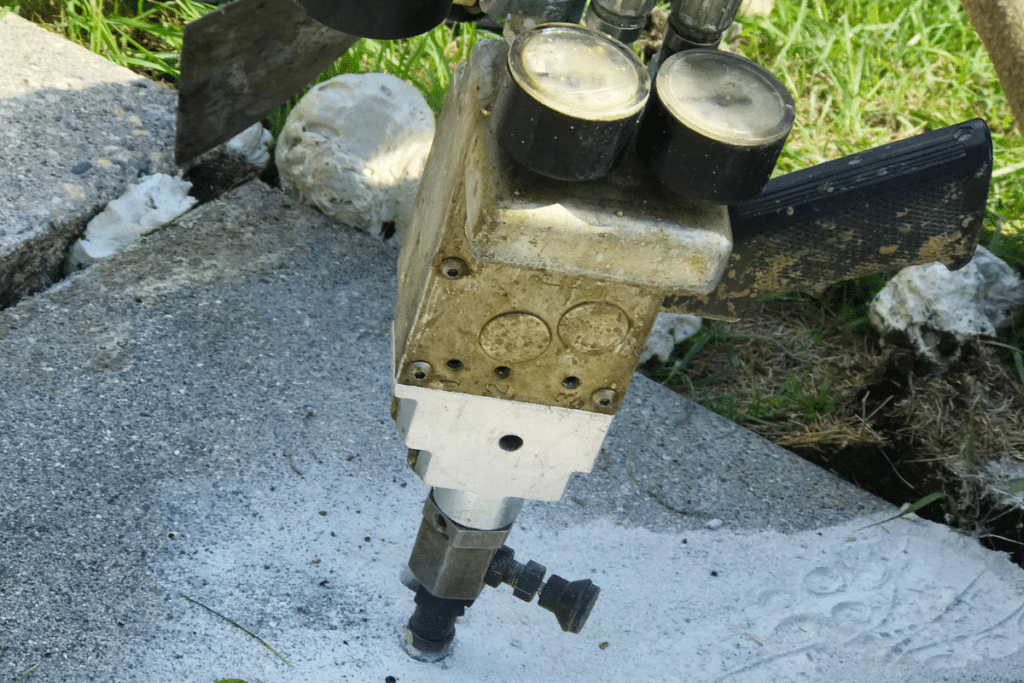Foam Polyurethane vs Mud-Jacking: Which One is Right for Your Project?
Over time, concrete slabs can settle and crack. This is often due to poorly compacted fill under the slab or natural soil erosion. Whatever the reason for the settling, it can create an unsightly problem that also poses a trip hazard. There are two main ways to lift concrete slabs: foam polyurethane injection and mud-jacking. But which is the better option?
Mud-jacking, also known as slab-jacking or pressure grouting, is a process where a slurry is injected under the settled slab to lift it back into place. The slurry is a mixture of water, cement, sand, and clay. It is pumped under the slab through small holes drilled into the concrete.
Foam polyurethane injection is a newer method of lifting concrete slabs. A two-part polyurethane spray foam is injected under the slab through small holes. The foam expands and lifts the slab back into place. The deep foamjection process fills the void under the slab with polyurethane foam. This creates a “buffer” between the ground and the bottom of the slab, preventing further settlement. This method is less invasive than other concrete leveling methods, and you can complete it in a shorter time frame. Additionally, it doesn’t require any digging or other major disruptions to your property. Foam polyurethane injection is an ideal solution for lifting concrete slabs in residential and commercial applications.




